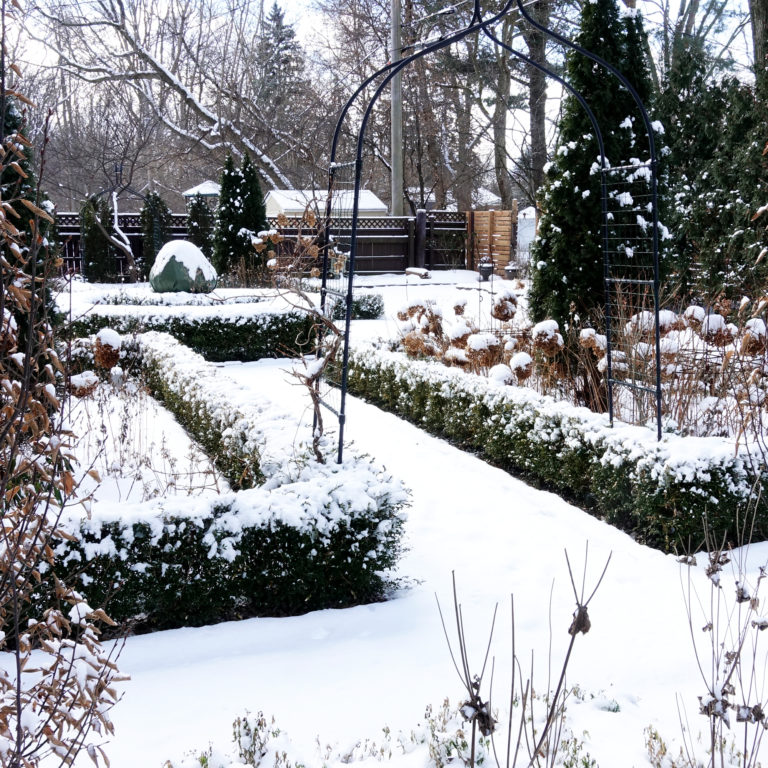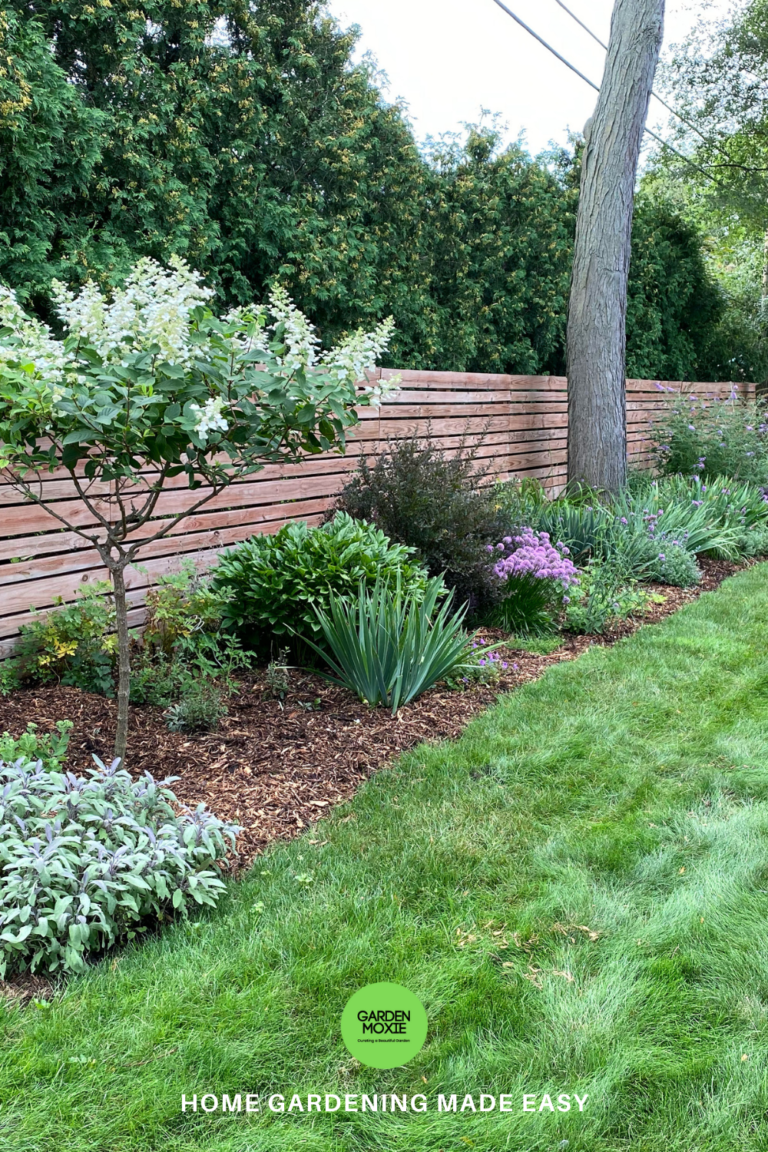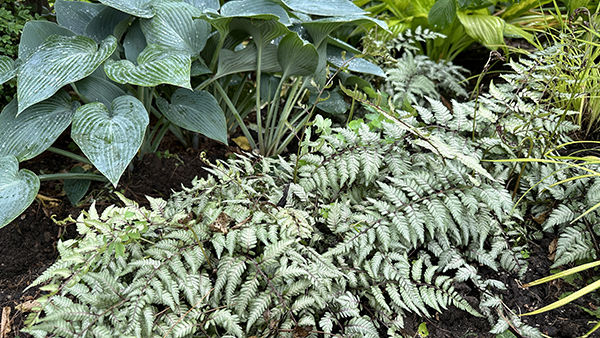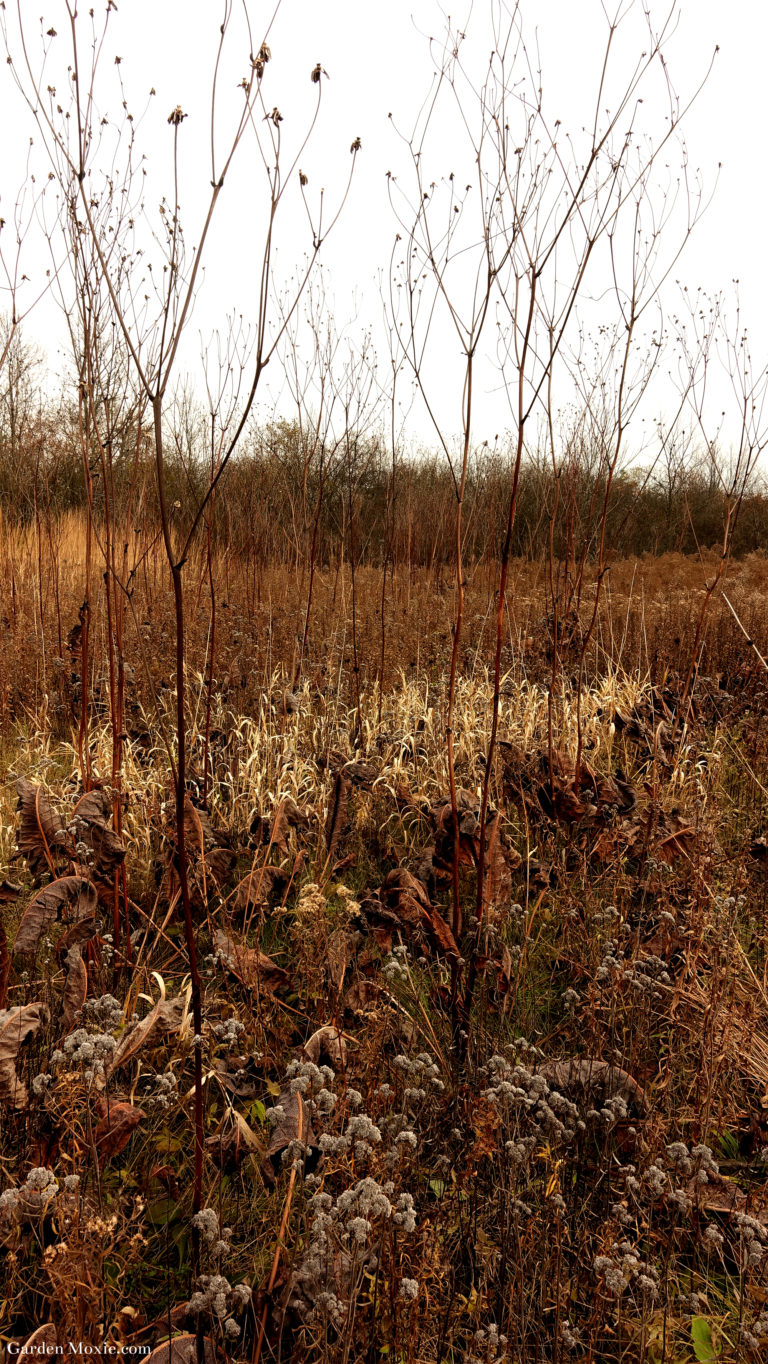6 Helpful Tips for Your Fall Garden
There have been past years when I was so busy that I didn’t have time to complete all my Fall gardening mini-adventures. These are the things that will help to bring your garden to life in the Spring and will also bring the beauty of your garden into your indoor space during the Winter.
This year, I’m making a concerted effort to finish these 6 Tips before Winter.
Tip #1 | Plant Spring Bulbs

There’s nothing more exciting than those first days of Spring when you go into the garden looking for signs of life. Finding the bulbs you planted in the Fall poking their little heads up above the cold soil in Spring is so fun! It’s like finding hidden treasure.
This year, I’m trying something new: planting my bulbs in pots that will be stored in the garage during winter and brought out into our garden in the Spring. My inspiration comes directly from the amazing Danish gardener, Claus Dalby Gardenista just wrote an article about Claus calling him Scandinavia’s Martha Stewart.
Claus Dalby creates garden spaces using an incredible number of potted plants expertly arranged into dramatic color schemes. Dahlia, tulips, lupins, and daffodils are used with amazing results. Seeing his beautiful gardens on Instagram made me understand the power of the potted plant.
I’m going to start with tulips and daffodils. I’m already excited about Spring!
Tip #2 | Preserve Fall Leaves
I miss having flowers and foliage from our garden during Winter. So this Fall, I’m taking time to collect Fall leaves and foliage to preserve for Winter arrangements. I preserved leaves a couple of years ago and made them into a wreath that I hung above our fireplace–loved the results!
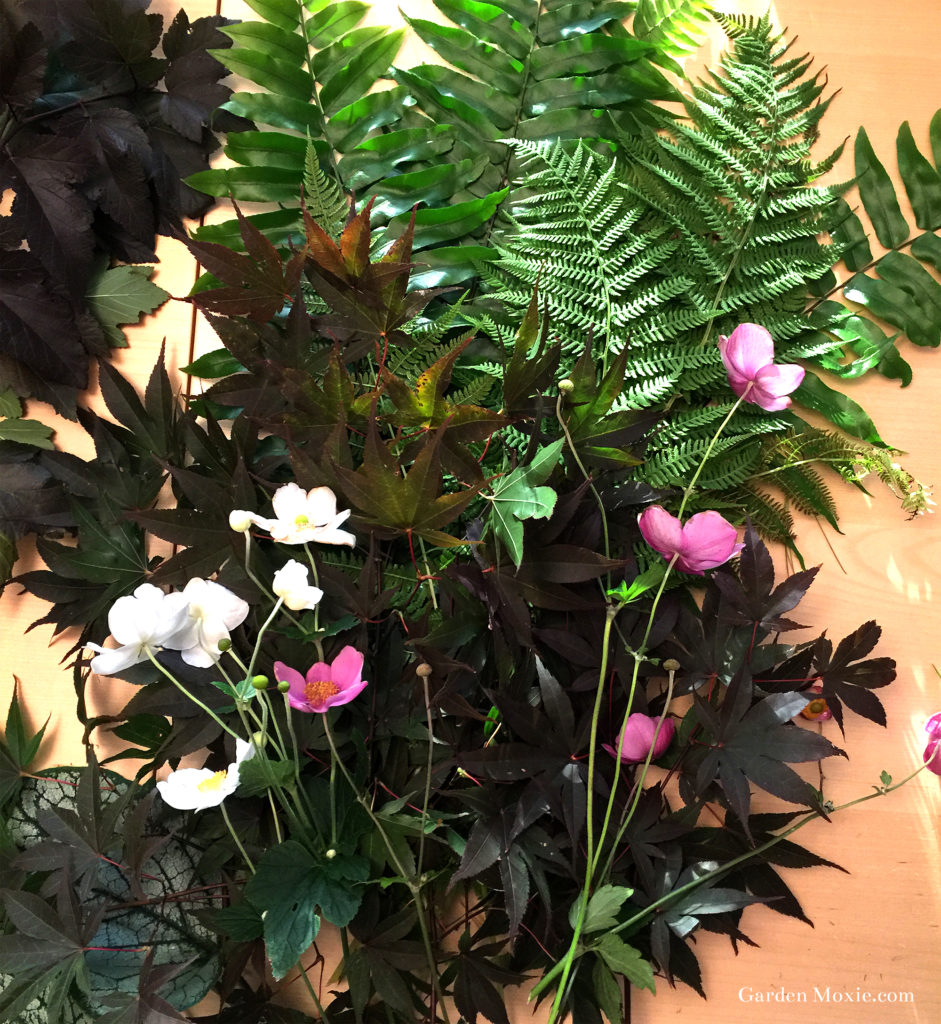
Using vegetable glycerin–which is non-toxic and earth-friendly– I preserved leaves, stems, and berries. I purchased a gallon of vegetable glycerin on Amazon for $23.97.
This year, I’m preserving Japanese maple leaves for the first time and I’ve got my eyes peeled on my neighbor’s tree that turns an amazing shade of yellow in Fall. I’ll share photographs in future posts.
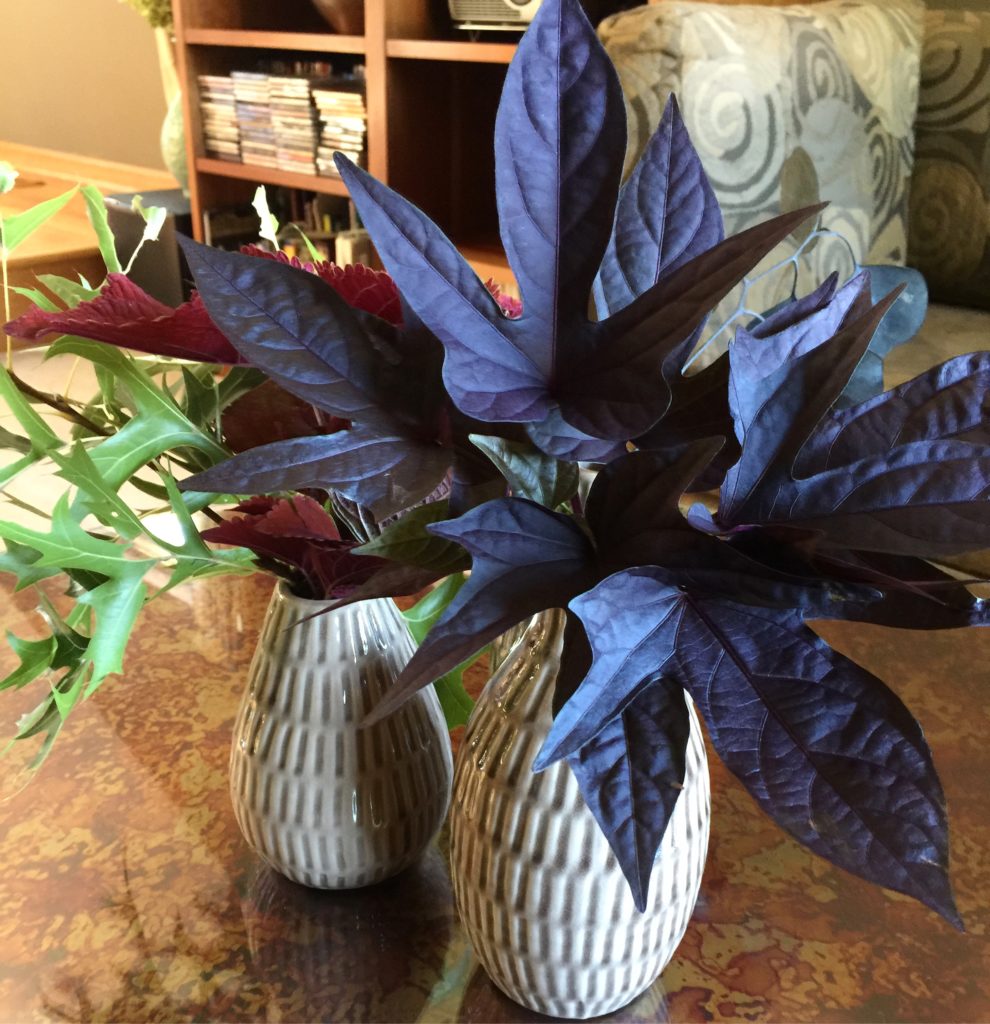
Tip #3 | Store Winter Tender Annuals
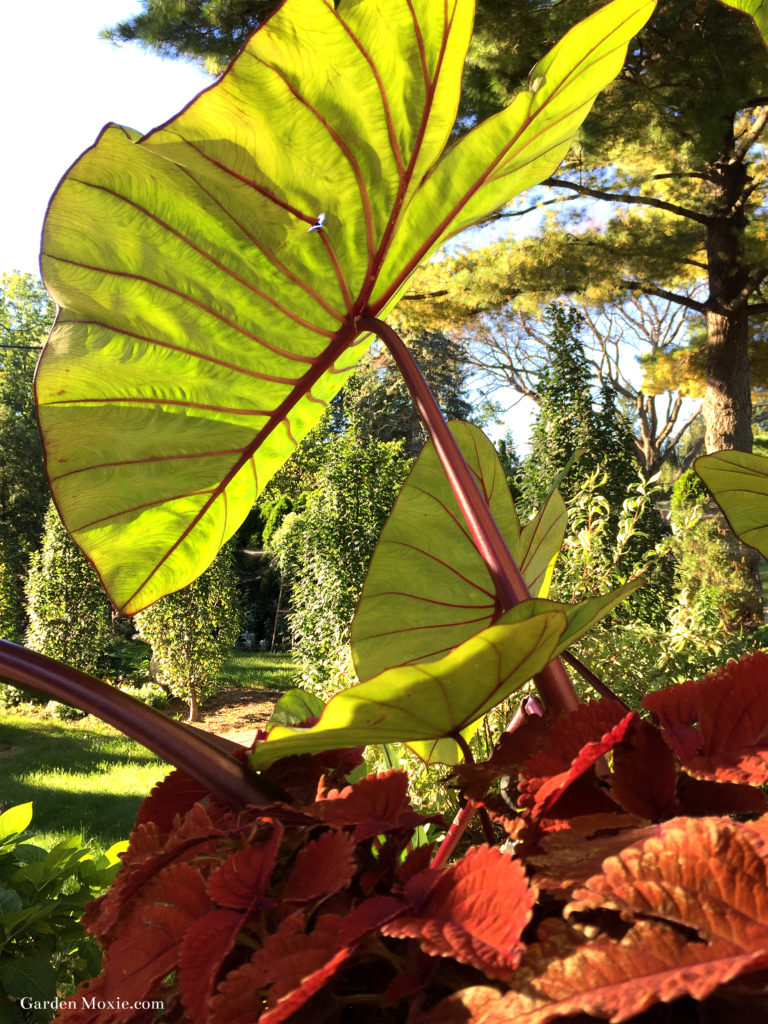
One of our favorite patio plants is Elephant Ears. We love the big huge leaves. You can imagine how excited I was to learn that I can keep my Elephant Ears over Winter in the basement and bring them back out in the Spring.
I never tried this, so last week I cut back the leaves on our patio container plants so they were approximately 3 to 4 inches tall, watered the soil lightly and brought the plants inside before it gets super cold. I’m storing the dormant plants in our basement during our Winter.
I’m psyched to see if this works!
Tip #4 | Cut Back Your Peonies in Fall
Herbaceous peonies should be cut back in the Fall to prevent the spread of disease. Just cut the leaves 3-4 inches above the ground for your herbaceous peonies–these are the old-fashion fluffy flowers that smell so good. Tree peonies should have their dead leaves removed by hand, being careful not to damage their branches.
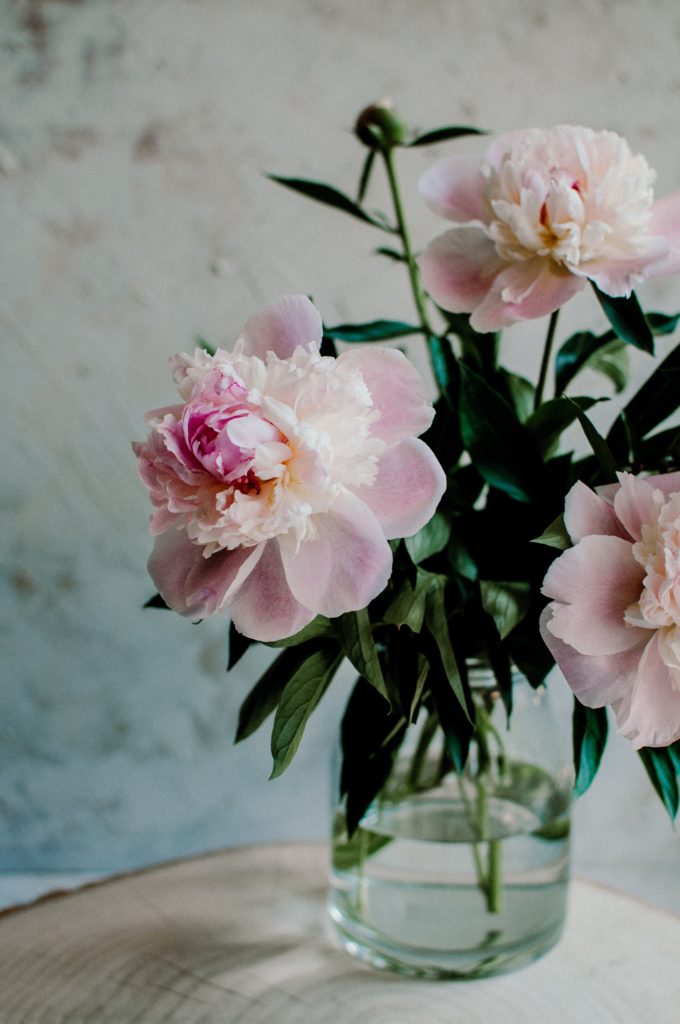
Cutting back the foliage from your peonies during the Fall will help ensure healthy plants when Springtime comes. And everyone lucky enough to have peonies in their garden knows how exciting it is when these plants bloom. A highlight in our Spring garden.
This Spring I’m going to try something new with our peonies: I’m planning to dry my peony flowers using silica gel. I first saw this done by Martha Stewart many years ago and I’ve wanted to try it ever since. I purchased a flower drying kit on Amazon, so I’m ready.
Tip #5 | Repair Your Turf
Fall is the perfect time to make grass repairs. Temperatures are cool and there’s typically more rain this time of year which grass appreciates. I’ll be walking around the garden checking for little bare patches of ground that need extra grass seed. Once I rake the ground and spread the seed, I’ll cover the area with straw. That way, if the grass doesn’t germinate because the temperature turns too cold, the seed will be in place come Spring.
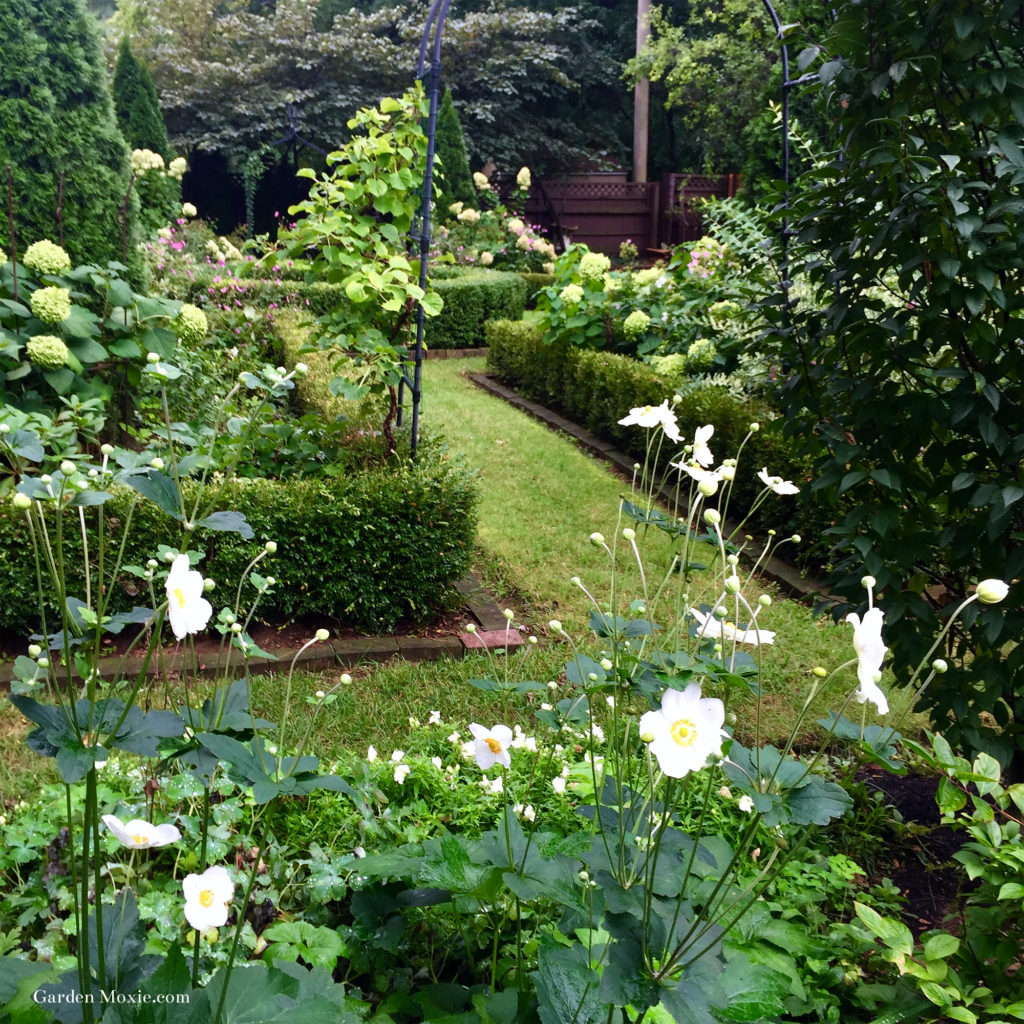
Tip #6 | Drain the Fountain BEFORE the first freeze (note to self)

I’m a Fall-task procrastinator and last year I was chipping away a 1/2 inch layer of ice trying to get the water out of the fountain so it could be stored for Winter. I’ve vowed not to repeat this mistake. Besides the fact it is uncomfortable to drain the fountain when it’s that cold, having your fountain stored properly before freezing weather will help avoid damaging the stonework.
If you can’t bring stonework or concrete inside for Winter, you can empty your fountain from water, dry everything off and cover your fountain with plastic. This helps avoid water freezing and thawing into the surface of stone or concrete which prevents cracking.
The biggest basin of our fountain weighs so much that it’s just not practical to bring it into the garage during Winter. Last year I was able to wrap it in plastic and everything worked fine.
This year I’m going to try something a little new and place one of those big exercise balls inside the basin before covering it with plastic. I’m hoping this will prevent puddles of water forming on the top of the plastic cover. I’ll let you know how that works out.
So there you have it, 6 Helpful Tips for Your Fall Garden. I’d love to know what you think.
Happy gardening!

